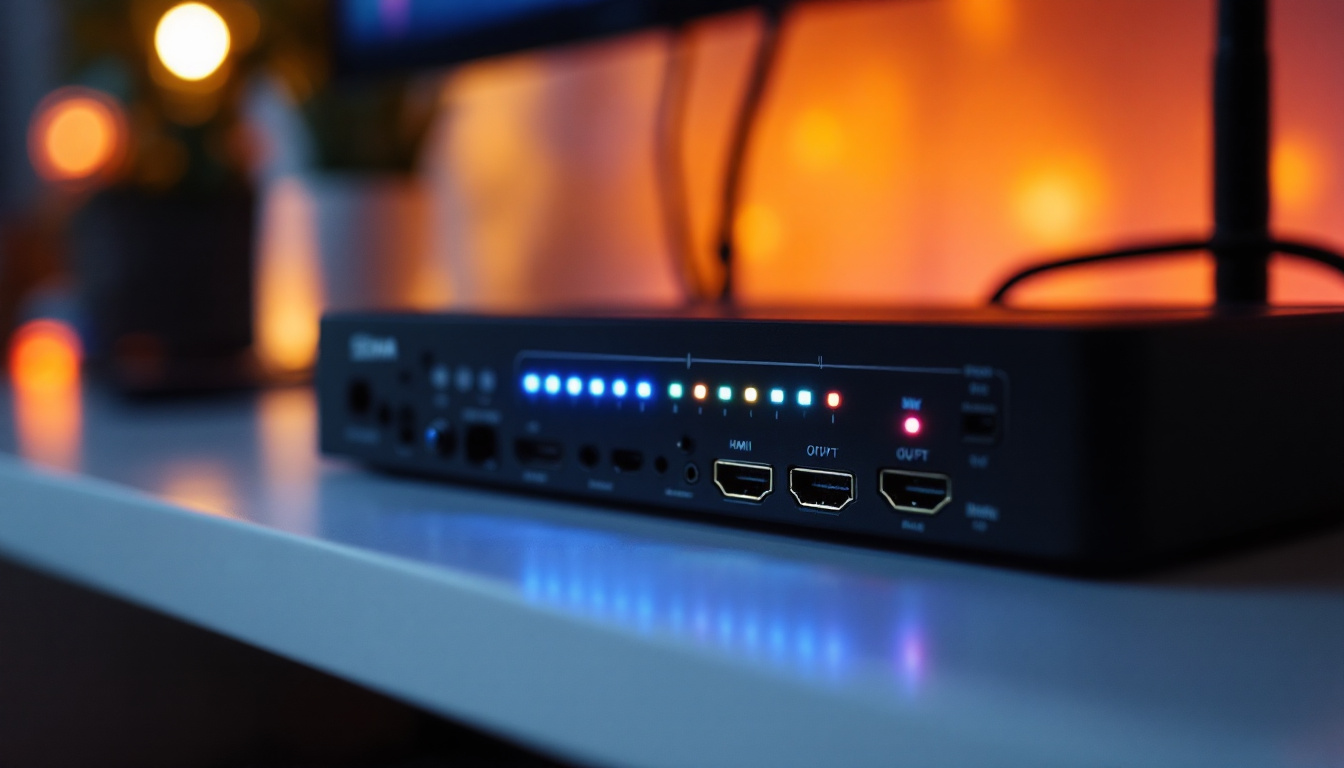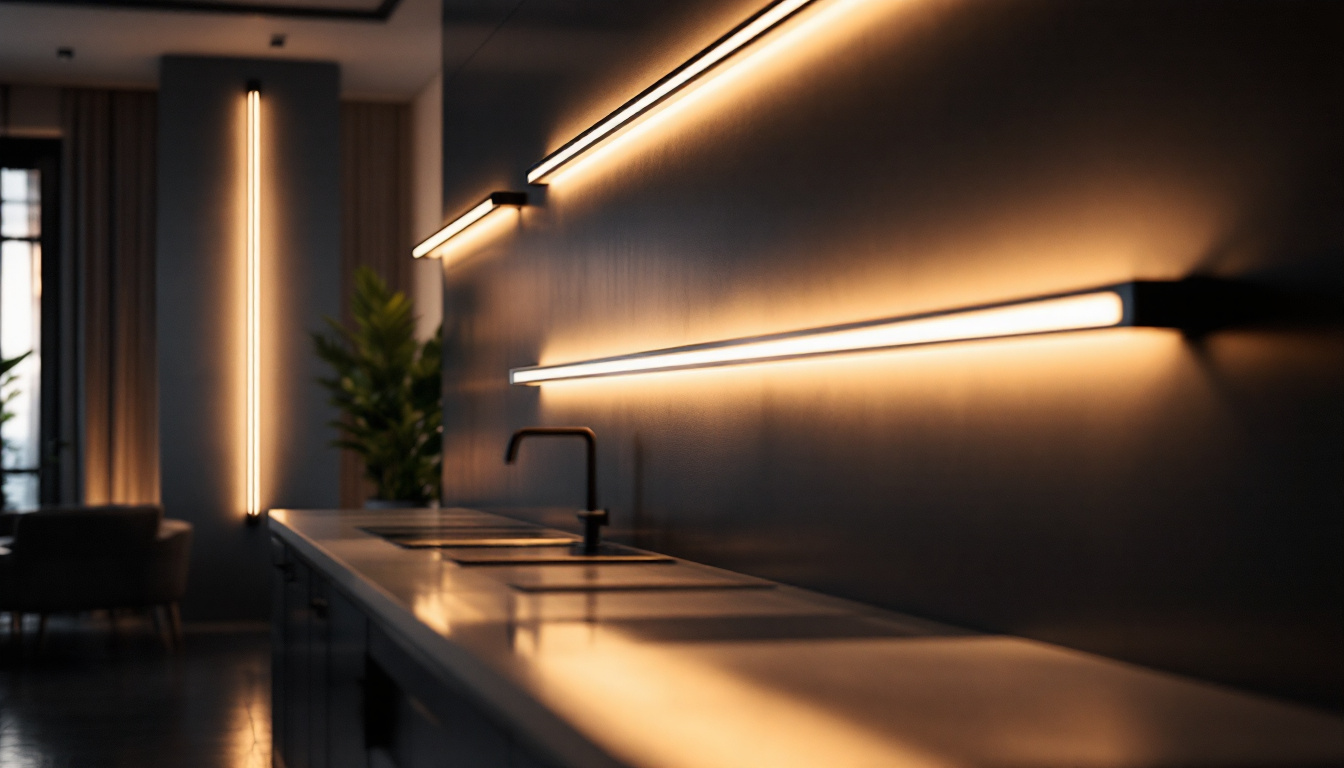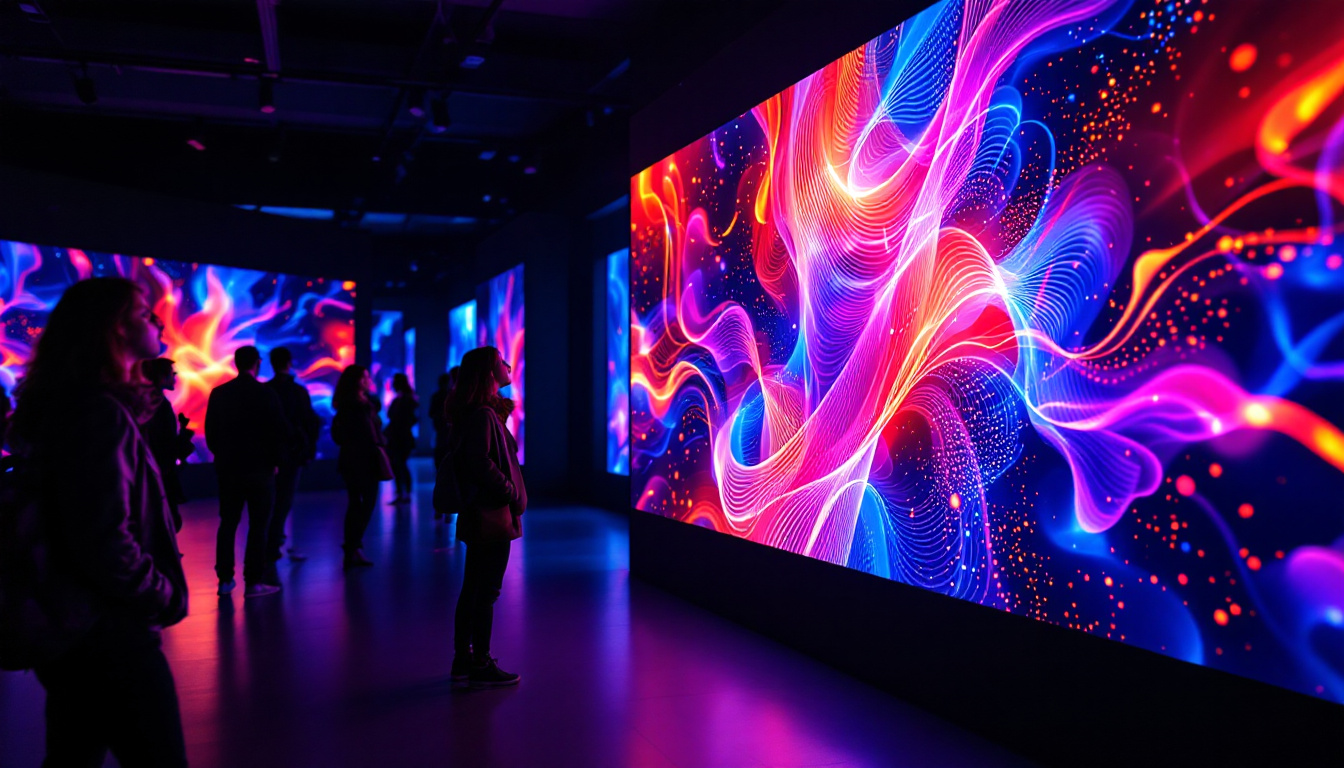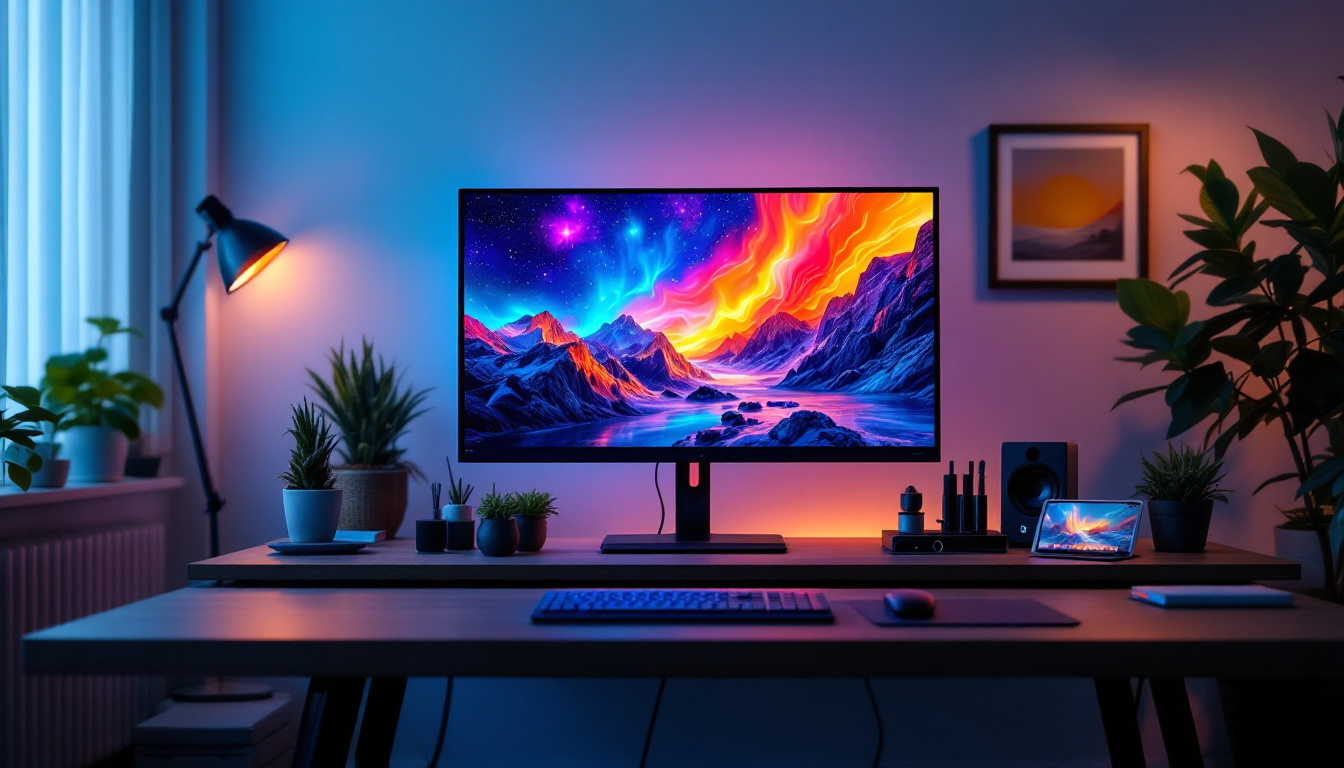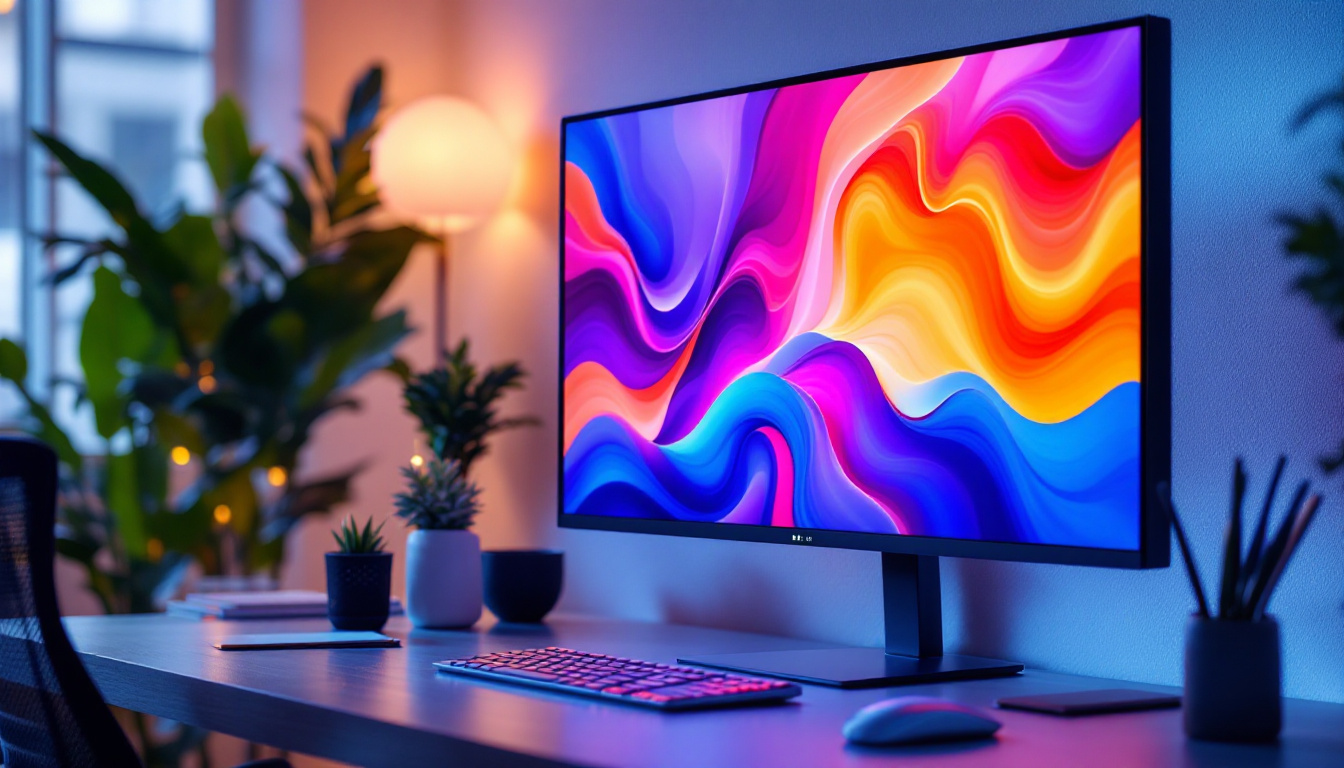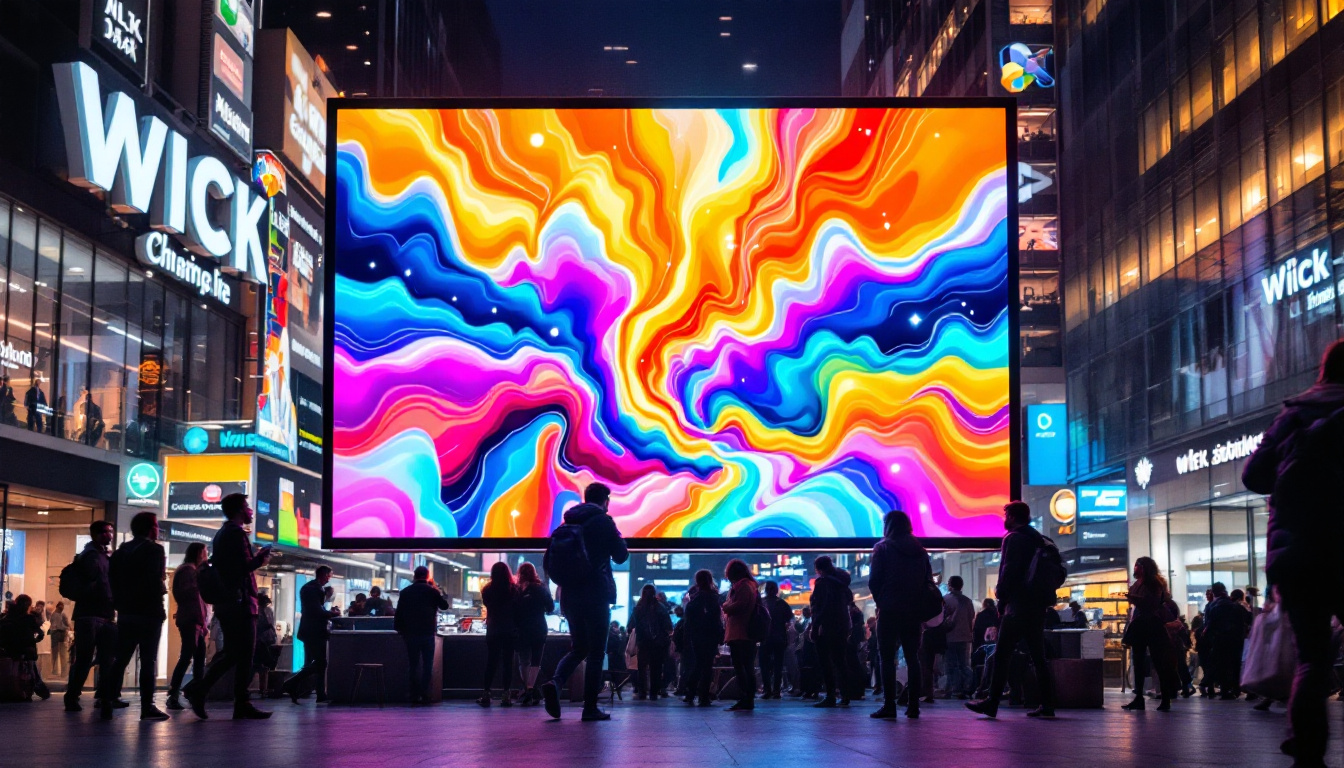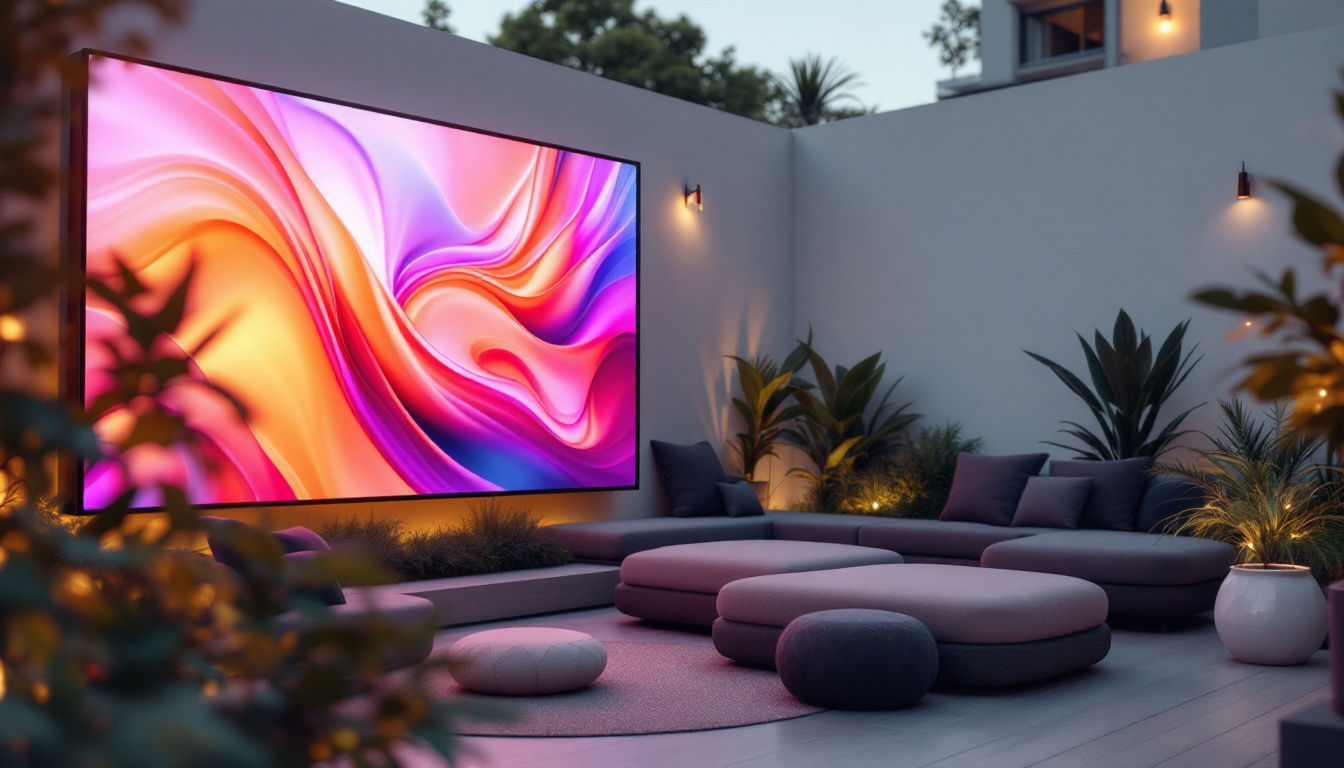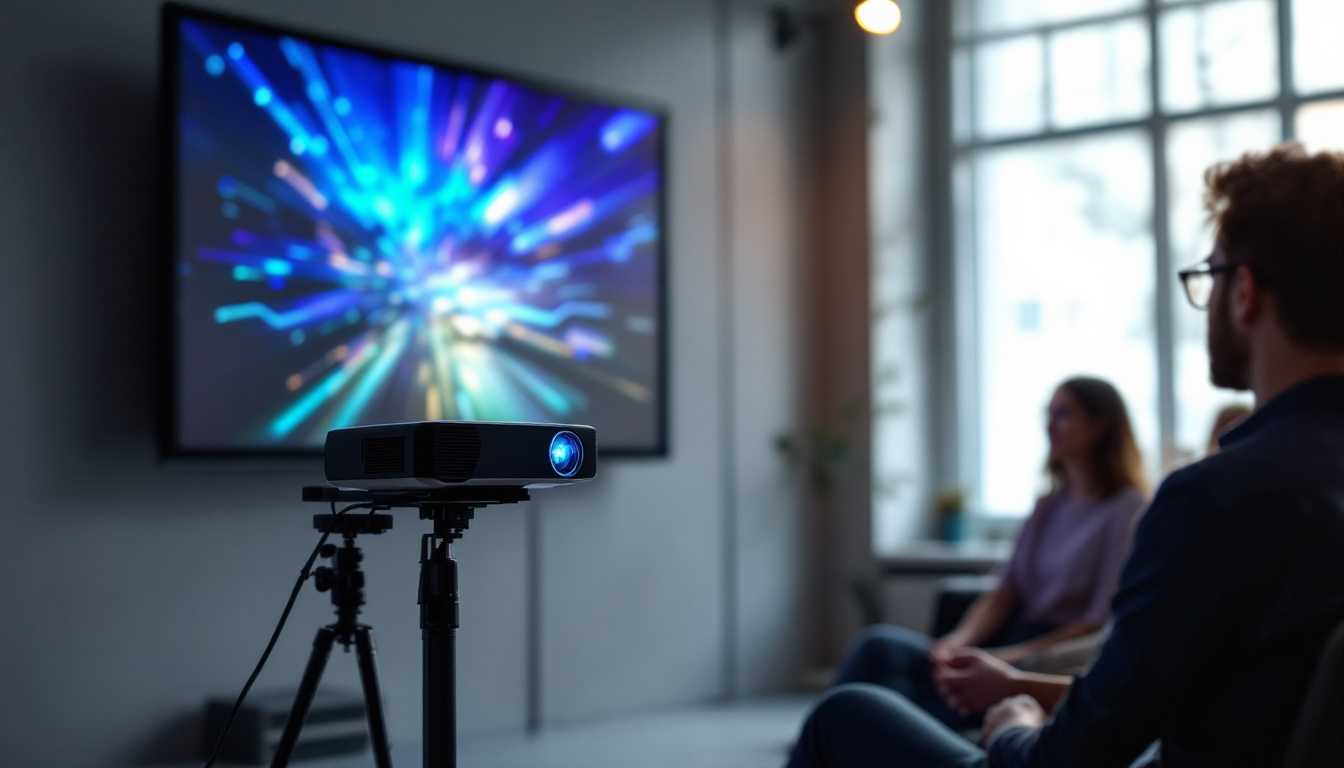How Do You Measure A TV Screen: LED Display Explained
In the age of advanced technology, televisions have become a central part of home entertainment. With various types of displays available, understanding how to measure a TV screen, particularly LED displays, is essential for making informed purchasing decisions. This article will guide you through the intricacies of measuring TV screens, the different types of LED displays, and what factors to consider when choosing the right television for your needs.
Understanding TV Screen Measurements
When it comes to measuring a TV screen, the size is typically expressed in inches, referring to the diagonal length of the screen from one corner to the opposite corner. However, it is important to note that this measurement does not account for the bezel or frame surrounding the screen, which can vary significantly between models.
Diagonal Measurement
The diagonal measurement is the most commonly used method for determining the size of a TV. To measure a TV screen accurately, one should use a measuring tape or ruler to find the distance between the bottom left corner of the screen to the top right corner. This measurement is crucial as it helps consumers compare different TV sizes effectively.
For example, a 55-inch TV means that the diagonal measurement of the screen is 55 inches. This method is standardized across manufacturers, making it easier for consumers to understand and compare sizes. However, it is also essential to consider the overall dimensions of the TV, including its width and height, which can affect how it fits in a designated space. Additionally, the depth of the TV can be a factor, especially for wall mounting, as some models may protrude more than others, impacting the overall aesthetic and functionality of the setup.
Aspect Ratio
Another important factor to consider when measuring a TV screen is the aspect ratio. The aspect ratio is the ratio of the width to the height of the screen and is usually expressed as two numbers separated by a colon. The most common aspect ratio for modern TVs is 16:9, which is ideal for widescreen viewing and is the standard for high-definition content.
Understanding the aspect ratio is crucial, especially when considering the type of content that will be viewed. For instance, older films may have a different aspect ratio, which could lead to letterboxing or pillarboxing when viewed on a widescreen TV. Therefore, knowing the aspect ratio can help in selecting a TV that best suits viewing preferences. Moreover, some newer TVs offer features that allow users to adjust the picture settings to better fit the content being displayed, which can enhance the viewing experience. This adaptability can be particularly beneficial when switching between various media formats, such as streaming services, gaming consoles, or traditional broadcast television.
Types of LED Displays
LED TVs are a popular choice among consumers due to their vibrant colors, energy efficiency, and slim designs. However, not all LED displays are created equal. There are several types of LED technologies, each with its own unique features and benefits. Understanding these differences can aid in making an informed decision when purchasing a TV.
Standard LED
Standard LED TVs use LED backlighting to illuminate the LCD panel, which is responsible for displaying the images. This type of display offers improved brightness and energy efficiency compared to traditional LCDs. Standard LED TVs are widely available and come in various sizes, making them a versatile option for many households.
While standard LED TVs provide good picture quality, they may not offer the same level of contrast and color accuracy as other advanced technologies. Nonetheless, they remain a popular choice for everyday viewing, especially for those who prioritize affordability and reliability. In addition, many standard LED models now come equipped with smart features, allowing users to access streaming services and browse the internet directly from their TVs, enhancing their overall viewing experience.
QLED
Quantum Dot LED (QLED) technology is an advanced form of LED display that utilizes quantum dots to enhance color and brightness. QLED TVs are known for their vibrant colors and impressive brightness levels, making them ideal for viewing in well-lit rooms. The quantum dots work by emitting their own light when exposed to the LED backlight, resulting in a wider color gamut and improved overall picture quality.
QLED TVs are particularly favored by enthusiasts who enjoy watching movies and sports, as they provide a more immersive viewing experience. However, they tend to be more expensive than standard LED TVs, which may be a consideration for budget-conscious consumers. Additionally, many QLED models feature advanced technologies such as local dimming and high dynamic range (HDR), which further enhance the viewing experience by providing deeper blacks and brighter highlights, making scenes more lifelike and engaging.
OLED
Organic Light Emitting Diode (OLED) displays represent the cutting edge of television technology. Unlike traditional LED displays, OLED screens do not require a backlight, as each pixel emits its own light. This allows for true blacks, as individual pixels can be turned off completely, resulting in exceptional contrast ratios and stunning image quality.
OLED TVs are often regarded as the best option for home theater setups due to their superior picture quality and wide viewing angles. However, they can be significantly more expensive than their LED counterparts, and potential buyers should weigh the benefits against their budget. Furthermore, OLED technology is continually evolving, with manufacturers introducing features like self-calibrating displays and advanced image processing capabilities that further enhance picture quality. As a result, OLED TVs not only deliver breathtaking visuals but also adapt to various content types, ensuring an optimal viewing experience whether watching a dark film or a vibrant nature documentary.
Factors to Consider When Measuring a TV Screen
When measuring a TV screen, several factors should be taken into account to ensure the best fit and viewing experience. Understanding these factors can help consumers make more informed decisions when selecting a television.
Room Size and Viewing Distance
The size of the room and the distance from which the TV will be viewed are critical considerations. A larger TV may be suitable for a spacious living room, while a smaller TV may be more appropriate for a bedroom or a den. As a general rule, the ideal viewing distance is about 1.5 to 2.5 times the diagonal size of the TV. For example, for a 55-inch TV, the optimal viewing distance would be between 6.5 to 11.5 feet.
Choosing the right size based on room dimensions and viewing distance can enhance the overall viewing experience. A TV that is too large for a small room can be overwhelming, while a TV that is too small may not provide an immersive experience. Additionally, consider the layout of the room; furniture arrangement and the presence of windows can impact how light interacts with the screen, potentially affecting visibility and comfort during viewing.
Mounting Options
Another important aspect to consider is how the TV will be mounted or placed in the room. Wall-mounted TVs can save space and create a modern aesthetic, while others may prefer a traditional stand. It is essential to measure the available space for mounting and ensure that the TV fits comfortably without obstructing any views or pathways.
Additionally, if opting for a wall mount, it is crucial to consider the height at which the TV will be mounted. Ideally, the center of the screen should be at eye level when seated, which can vary depending on the height of the furniture and the viewer’s seating position. Furthermore, it’s worth exploring different types of mounts, such as tilting or full-motion mounts, which can provide flexibility in viewing angles and help reduce glare from windows or lights, ultimately enhancing the viewing experience.
Moreover, the choice of mounting can also influence the overall aesthetic of the room. A sleek, wall-mounted TV can create a streamlined look, while a stand can offer additional storage for media devices and accessories. When selecting a mount, ensure that it is compatible with the TV’s weight and size specifications, and consider professional installation if you’re unsure about the process, as improper mounting can lead to accidents or damage to the wall and TV.
Conclusion
Measuring a TV screen may seem straightforward, but it involves various factors that can significantly impact the viewing experience. Understanding the diagonal measurement, aspect ratio, and different types of LED displays is essential for making an informed decision. Additionally, considering the room size, viewing distance, and mounting options can help ensure that the chosen television fits seamlessly into the home.
In today’s market, consumers have a plethora of options when it comes to LED displays, each offering unique features and benefits. By taking the time to measure and evaluate these factors, one can find the perfect TV that meets both aesthetic and functional needs, enhancing the overall home entertainment experience.
Discover the Perfect LED Display with LumenMatrix
Ready to elevate your home entertainment with a cutting-edge LED display that fits your space perfectly? LumenMatrix offers a wide range of innovative LED display solutions tailored to your viewing preferences. From immersive Indoor LED Wall Displays to dynamic Outdoor LED Wall Displays and beyond, our technology is designed to bring your visual experiences to life. Embrace the future of visual communication with LumenMatrix and transform the way you share your message. Check out LumenMatrix LED Display Solutions today and find the ideal display that meets your aesthetic and functional needs.











